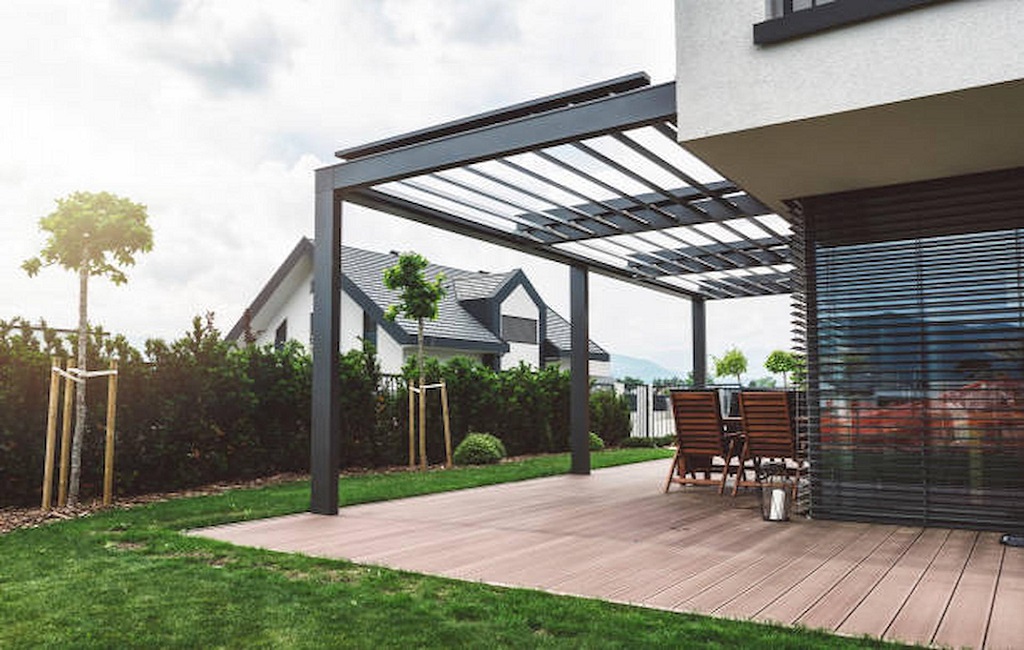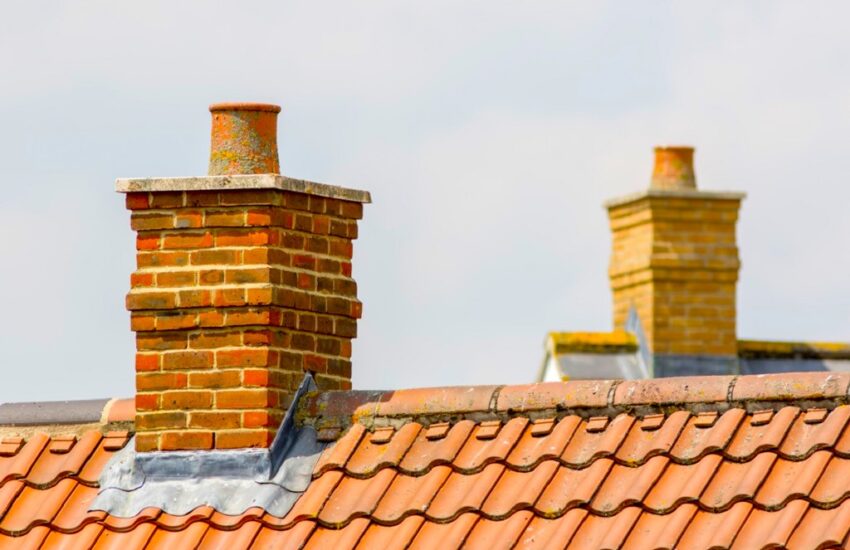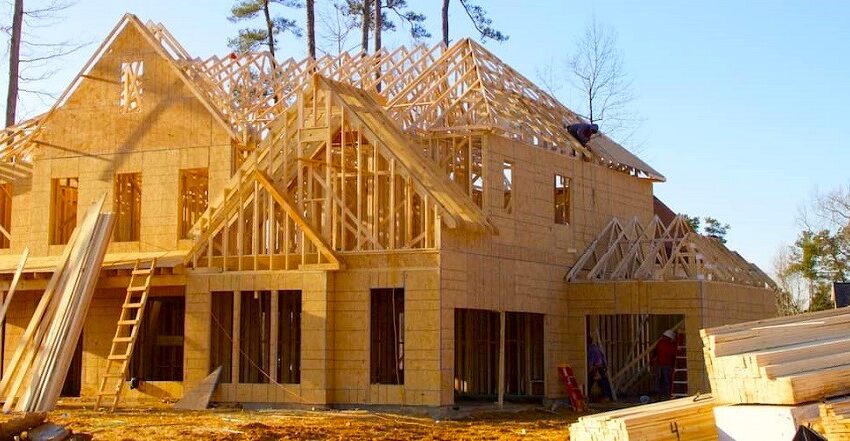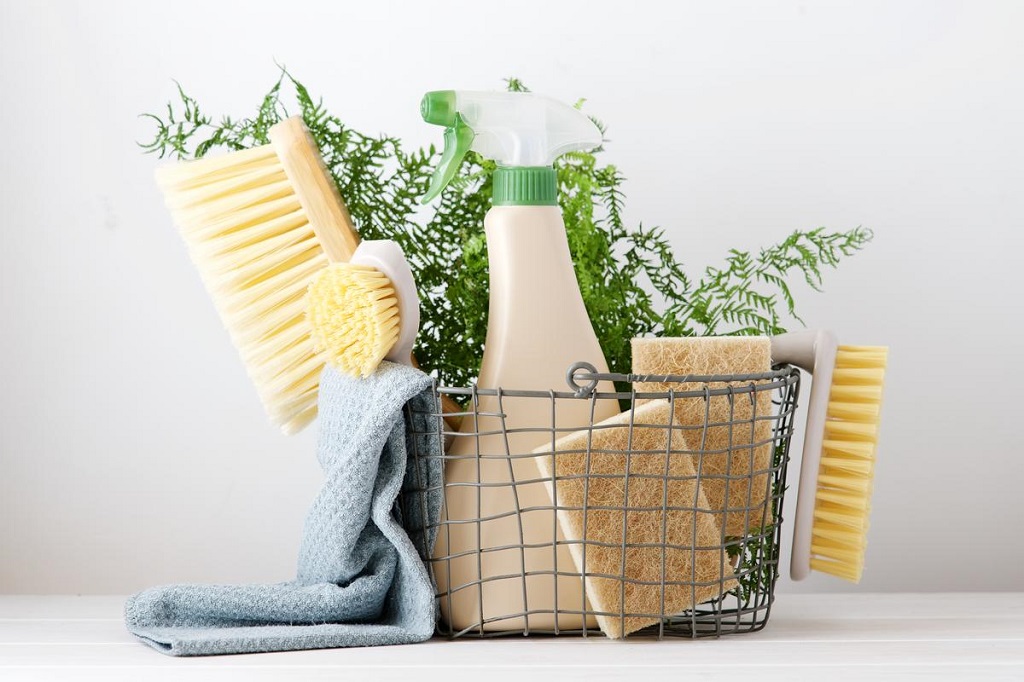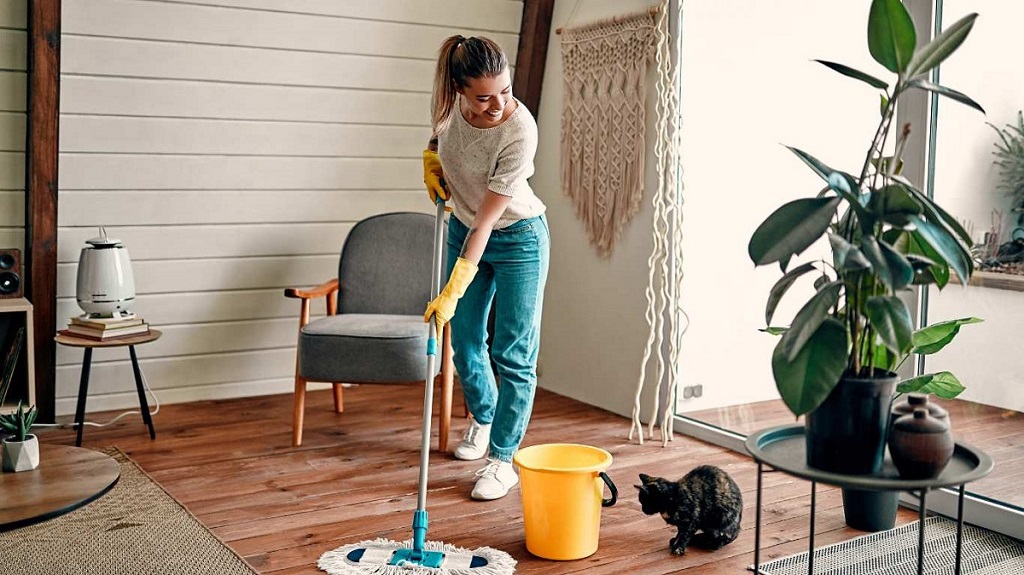The best awnings can shield your windows and doors from sun and rain. They come in various sizes, styles, colors, and materials.
The right awning will look attractive and match the color of your house. This will create a sense of continuity between your indoor and outdoor spaces.
Size
Regarding awnings, size is one of the most critical factors. If an awning is too small, it can’t cover the entire space you want to shade. It will also look awkward and unnatural.
Awnings come in many widths and projections, so you can customize the shade to fit your needs. For example, if you have a deck that receives direct sunlight all afternoon, you can choose a smaller awning with a shorter projection.
You can also use awning visualizer tool to see how different styles would look on your home before making a final decision. Just be sure to factor in the distance of your awning from the wall and any objects it might cover, such as trees, signs, or gutters. Also, make a note of which cardinal direction your awnings face. For example, homeowners with east- or west-facing awnings can benefit from 10-foot projections providing plenty of outdoor space coverage.
Style
Best awnings provide shade that reduces the sunlight and heat entering a home. This helps keep the house cooler in summer and minimizes air conditioning costs in other seasons. Awnings also protect indoor and outdoor plants from excessive exposure to sun, rain, and other elements that can damage them and shorten their lives.
Awning styles can come in various shapes, sizes, and colors. This gives homeowners the option to choose an awning that fits in with the appearance of their home without compromising the function or durability.
Awnings are typically made of a fabric stretched over a frame of metal, wood, or aluminum. Awning fabric is available in various materials, including durable, long-lasting acrylic and polyester fabrics that hold up against sunlight, rain, and other weather conditions. Awning frames are often constructed of rust-resistant steel or aluminum. They can be curved, angled, straight, fixed to a wall, or mounted over a window, door, or deck.
Material
Awnings are available in a wide variety of colors and styles. Some are made to match a house’s exterior color, while others stand out with stripes or other designs. Some even come with extras like scallops, keyhole valences, and tassels to make them more decorative.
Awnings can also be made from a material that blocks out 97 and 100% of the sun’s harmful UVA and UVB rays. This protects people outside the home from squinting in bright sunlight and helps them enjoy outdoor activities without sunburn.
An awning can help homeowners save money on energy bills because it reduces the amount of sunshine that enters the home. It also keeps plants healthier by blocking excess sunlight. These benefits are a significant selling point when potential buyers see an awning attached to a house. Adding an awning to your home can enhance its curb appeal, increasing your property’s value. In addition, it can give people a comfortable spot to relax outside and entertain guests.
Color
The color of an awning can either match or accent the colors of the home’s exterior, providing the structure with balance and beauty. Many architectural designs go well with specific awning fabric colors, so be sure to understand which shades will complement the style of your building.
Yellows and oranges can make an entrance feel bright and inviting, while blues and greens create a calm and serene atmosphere. The surrounding setting and its influence on the awning color are also essential.
Finally, consider the maintenance requirements of your awning. Awnings can get dirty and mildew, so choosing a color that will hide these stains well is essential. For example, black and brown hide dirt and mildew better than lighter colors like white or yellow. Moreover, darker colors will help block sun, rain, and snow more effectively than light shades. This is particularly important for awnings covering windows facing the east and west.

